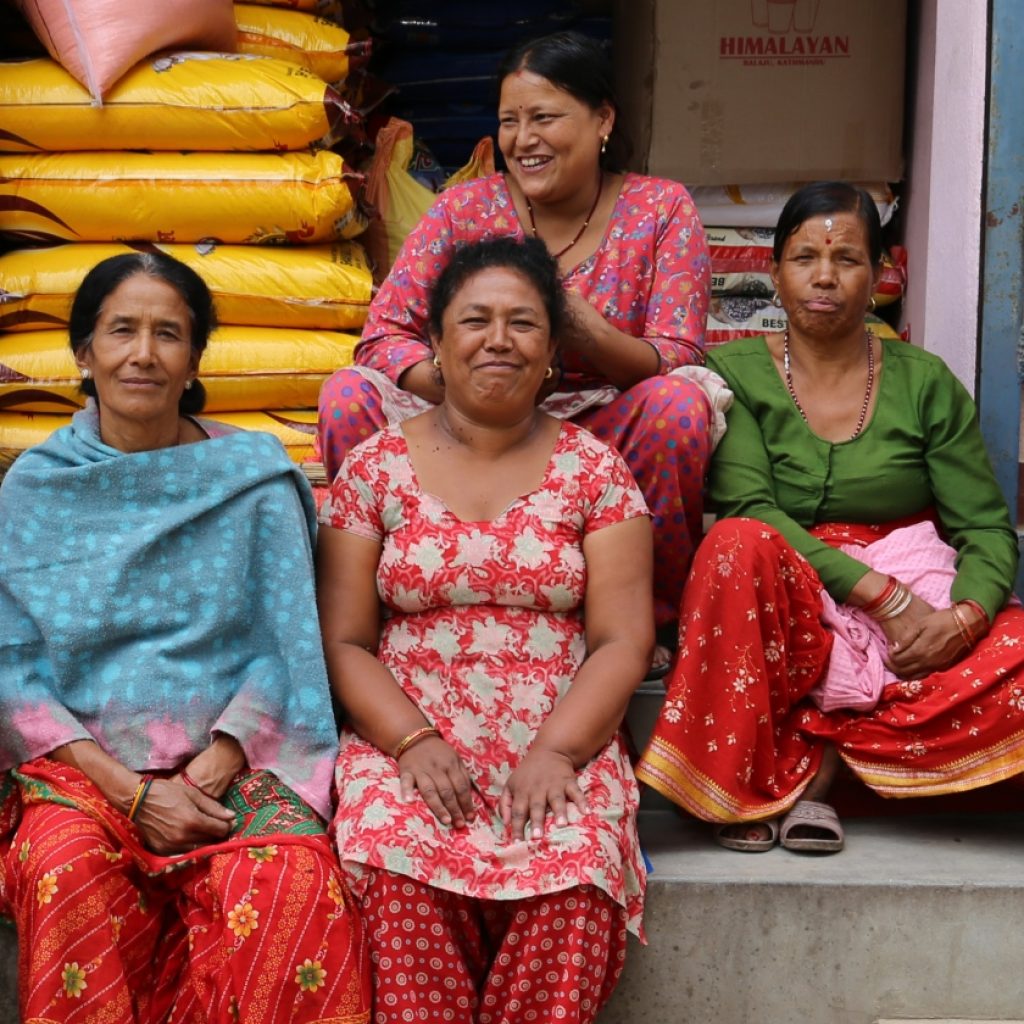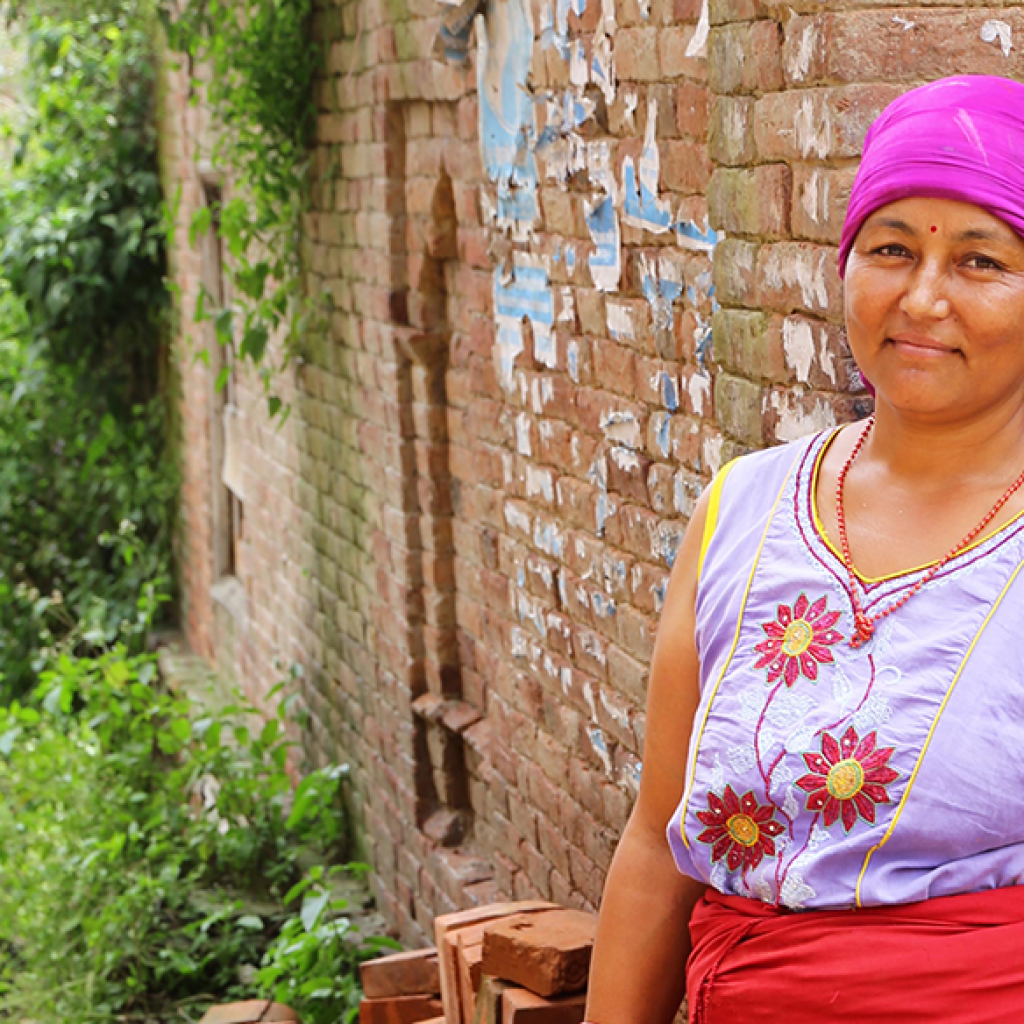
What data can mean for social change
Lots of people are talking about data right now – collecting it, tracking it, buying it, or selling it. How it can be used for good, for evil, for markets and for societies.
In 2013, the total amount of data in the world was 4.4 zettabytes. By 2020, it’s predicted to be 44 zettabytes – or 44 trillion gigabytes. For context, it would take over 188 trillion smartphones to store this amount of data. This can seem technical, but data isn’t just abstract numbers – it has real implications for our daily lives.
Data is meant to be used to help work out what we as a society need to function and thrive. It’s used to track how we’re doing, and to build social and economic policies that better our world. But data isn’t all created equal, and who, what and how we collect, owns, store, transfer, analyse and use the data we do have can reinforce global inequalities.
Without detailed data, it’s difficult to manage current issues, let alone address challenges and make progress. So what does data mean in 2017, and what are the current issues with what we collect, who is collecting and how we’re using it?
What is data?
Data is most commonly thought of as numbers and stats in spreadsheets – but it encompasses every aspect of our lives. Put simply, data is information, generated about and by the actions we take each day.
Every day, our movements are tracked with train passes, toll roads and CCTV. Search algorithms and social media platforms build online profiles that dictate the sort of ads we see when we’re reading articles and scrolling social media. Demographic data about who makes up our society is collected with censuses, forms and actions.
We touch our mobile phones on average 2,617 times a day, constantly adding more and more information to the mix, both intentionally and not. Every time we visit the doctor, access a public service or order food online, we’re creating a data footprint. The sheer volume of data that is generated globally each day is akin to 90 years of HD video.
Big data, as it’s come to be known, encompasses all off this information, and is growing exponentially every day.
It includes structured data, like that obtained from financial systems, which is typically quantifiable, already sorted and easily read. It can also be unstructured, text-heavy data, like tweets and social media posts, which cannot be easily organised and analysed. Then there’s multi-structured data, which is generated from multiple sources and can be a mix of text, numbers and images, and which is even harder to read.
Big Data includes every single bit of data collected, both digitally and otherwise, and affects individuals, companies and countries. Its sheer volume is huge – and it’s growing every day. So how do we use it?
Data helps us make decisions about people and the planet
Imagine you’re a city planner for Melbourne. You need to support the city to correctly plan for traffic congestion, housing, hospital beds, ambulances, police, schooling and social support payments, among other things. You have strict budgets and need to plan for years ahead.
Now imagine you were doing so without the information you need on Melbourne’s citizens, such as age, gender, ability, or even the total number of inhabitants. Without knowing, for example, how many times Melbournians visit their GP each year or how many use public transport during rush hour. Without information like this, it would be impossible to plan for the future of your city.
You’d be in the dark about which hospitals needed more beds, or which suburbs needed more buses and trams. You’d barely be able to meet current needs, let alone innovate or make improvements for the future. The end result would be a city not adequately responding to the changing needs of its citizens.
Data helps the powers that be, whether they’re businesses, governments or global bodies like the United Nations, decide how to design policy, where to invest, and what to prioritise. It also helps us to track progress; we can see what’s working, what’s not, and what areas should be addressed.
Data isn’t always equal
While the data we have helps us inform policies, it also helps us identify gaps that require further research. The problem is that these gaps aren’t always acknowledged.
In the field of health, for example, we have a wealth of data on how drugs are used to treat disease. But more often than not, these clinical trials were historically only done on men, despite women having a very different physiological makeup. This gender gap extends to women’s health, rates of violence against women, and even the most common causes of death among women.
When measuring global poverty and inequality, the data gap widens; we may know which households are poor, but not the degrees of deprivation among individual members of each household. We can’t easily compare the poverty experienced by multiple people, according to different areas of deprivation.
To paint a complete, inclusive picture of society, we need data that truly reflects our population. If it doesn’t reflect the population, data is already restricted in how useful it can be in addressing the needs of all diverse citizens and their lived experiences of inequality. If data is not about everyone, it is not for everyone.
Incomplete data affects policy
Quality data is fundamental to designing inclusive and positive social and economic policies. When we have gaps, as we do when it comes to gender, policy makers have less tools at their disposal to create the policies and programs needed to build sustainable, equitable futures.
Gender data is an example of an area with significant gaps – but it isn’t the only one. In countries like Australia, the data garnered from our phone and consuming patterns is huge. But in places like Solomon Islands, where internet usage is still under 10%, we’re lacking much of the precise demographic and behavioural data that leads to better policy outcomes.
When we have significant data gaps, we can’t track progress for all members of society, and we can’t see who is and who isn’t benefiting from policies and programs. We erase the unique and nuanced life experiences of whole segments of society and humanity around the world.
Data matters because it helps us reduce inequalities and funnel resources to where they are needed most. Currently, we’re not gathering the information we need to design the best policies and programs. Without quality data, we can’t see precisely what we need to fix. Without quality data, we can’t drive better decisions for all.
Imagine knowing you needed an extra 500,000 hospital beds as a nation, but not knowing where they needed to go. This is why data is important – it gives clarity and context to decisions that affect each life on the planet.





